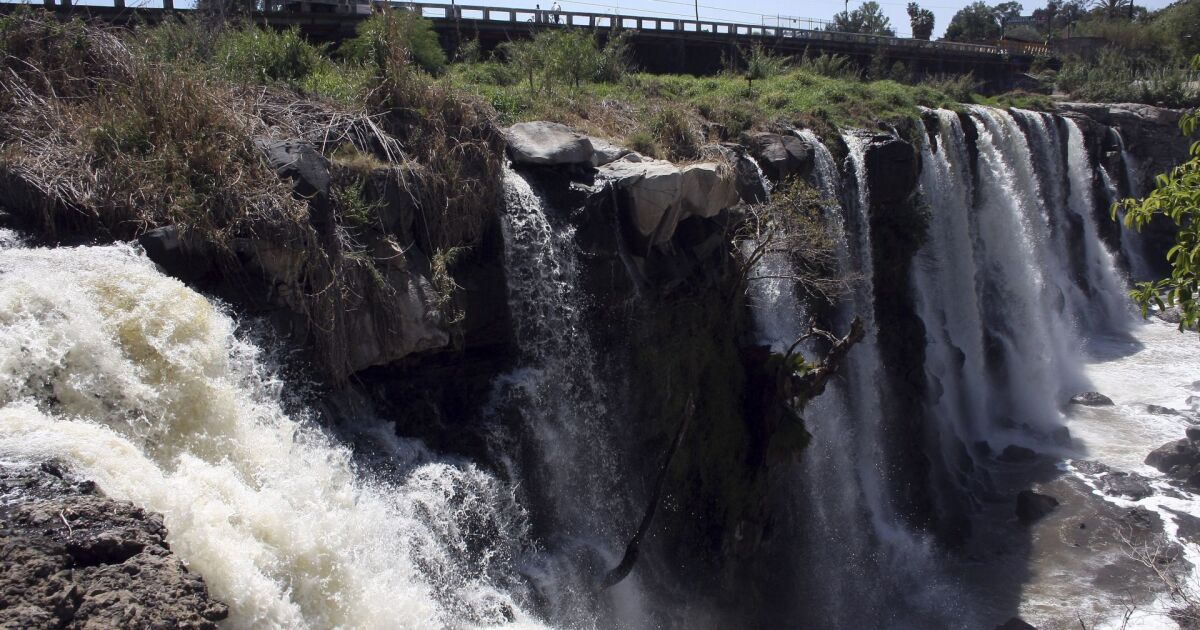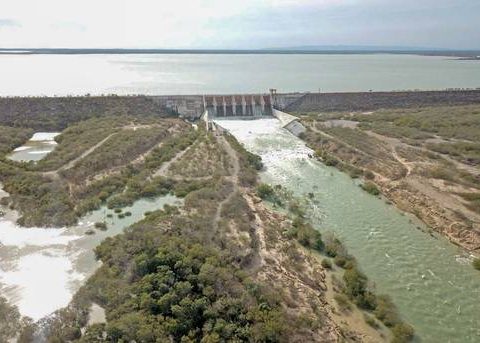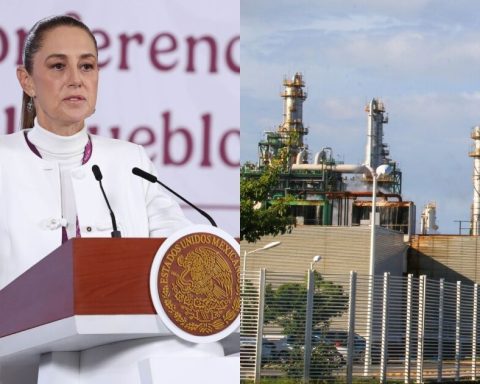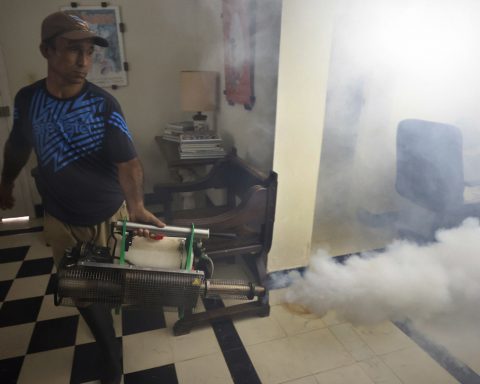This strategy is part of the National Water Plan 2024-2030, by the Ministry of Environment and Natural Resources (Semarnat) and the National Water Commission (Conagua). The problem is that these units have a real budget decrease in 2025, of 39% and 43%, respectively.
Other organizations that are linked to the strategy, such as the Mexican Institute of Water Technology (IMTA) or the National Institute of Ecology and Climate Change (INEEC) also have less resources: 24 and 12 million pesos less, respectively.
Ecological Restoration
When he was head of government of Mexico City, Sheinbaum also opted for the cleaning of Ríos, a work that continued his successor Martí Batres. In this strategy, at least 1,132.8 million pesos for rivers were invested San Buenaventura, Magdalena, Eslava, Dam San Lucas, Remedios and El Gran Canal. The works were mainly sanitation and the bodies of water are less extensive.
However, cleaning up is a different action to restore, which is what is sought in the Lerma-Santiago, Tula and Atoyac rivers, explains an IMTA publication.
He sanitation improves water conditions, reduces pollution and ensures that river water meets quality standards. It is based on the treatment of wastewater before its mouth in the rivers and the cleaning of solid waste.
Instead, The restoration seeks to return a river and its ecosystem to its most natural state. It seeks to recover biodiversity, native species, vegetation and achieve an ecological balance.
These claims are present in Mexico, legal and informal. Groups of inhabitants have protested in front of Semarnat to demand that the authorities resolve the contamination of rivers or file amparos.
From 2017 to 2024, the Judiciary has reviewed eight amparos, interposed separately, by the omission of authorities to eradicate the contamination of the Papaloapan rivers, the dogs and Santo Domingo, in Oaxaca. The San Pedro River, in Hidalgo; The Lerma-Santiago, El Tamasopo, in San Luis Potosí, and the Sonora River.
They ask to stop pollution from industries
The National Water Plan 2024-2030 establishes the sanitation and ecological restoration of the Lerma-Santiago, Atoyac and Tula rivers. A titanic task because it is the most contaminated water bodies in Mexico.
In its waters it runs garbage, heavy metals such as cadmium, lead, cobalt, mercury, arsenic, zinc; Toxic waste, wastewater and industrial discharges.
Only the Lerma-Santiago, the longest in the country with 708 kilometers, crosses five states: Querétaro, Michoacán, Guanajuato, Jalisco and the State of Mexico. The Council of the Lerma-Chapala Basin estimates that 14,000 million pesos would be necessary To clean up this river.
The government plan considers the construction of water treatment plants and the elimination of polluting discharges.
The Greenpeace civil organization has indicated that the use of treatment plants is not enough, since, although they eliminate organic material and remove contaminants and non -biodegradable compounds, they do not capture all the chemicals of the waters discharged by industries.
“Although the water is treated, if it contains chemical substances, when they reach new bodies of water, they favor toxic pollution, since many substances persist and affect both aquatic biodiversity and surrounding communities,” he explains in the report Toxic rivers: Lerma and Atoyac.
Therefore, it considers that, in addition to the establishment of treatment plants, an effective policy is required, which really controls and prevents industries from pouring toxic substances into the rivers.
After inspections between 2015 and 2017, the Federal Attorney for Environmental Protection (Profepa) I fined 166 companies for a joint amount of 71.3 million pesos for contaminating basins from the Atoyac, Lerma, Santiago, Blanco and Sabinas rivers. And in recent days he temporarily closed the company Ternium for wastewater discharge in the Atoyac River.
The desirable thing is that they comply with environmental regulations and that economic sanctions are comparable to the damage generated, explains Greenpeace.
(Photo: Francisco Guasco / Cuartoscuro)
River tours
For now, Semarnat’s works advance. The first steps have been the route of areas and communities of the rivers to diagnose their situation, identify irregular discharges and the presence of pollutants. The authorities visited the Zahuapan River, in Tlaxcala, which is part of the Atoyac River basin, and the treatment plants of the Lerma River, in the State of Mexico.
They have also traveled the Endhó dam, from the Tula river basin, and have met with Hidalgo communities that denounce environmental and health effects due to the contamination of the dam. The Ministry of Health has also participated here; performs an epidemiological analysis and studies that determine whether water pollution affects the prevalence of diseases.
Although there is a lot to make this plan flourish, among specialists in the sector There is hope because the rivers are on the public agenda.















